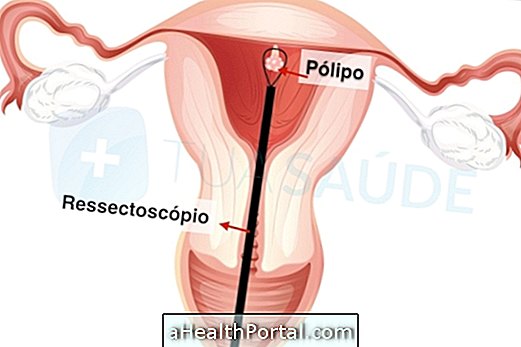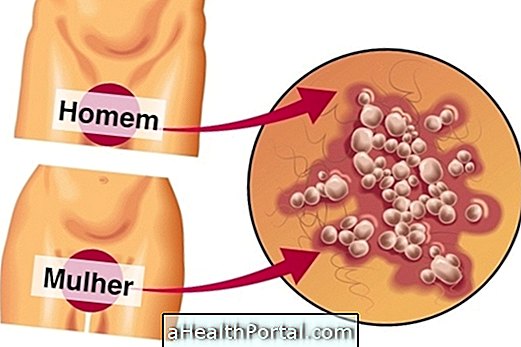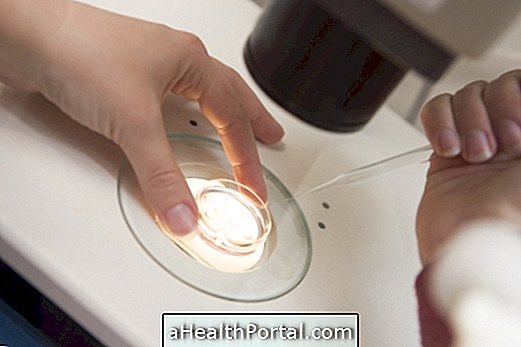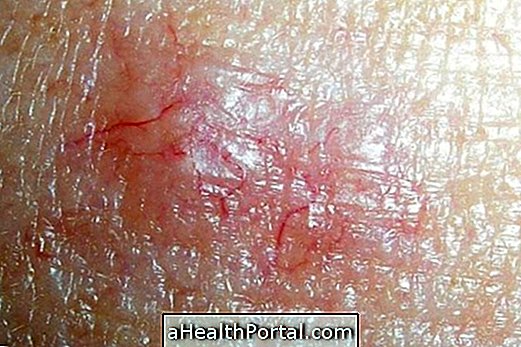Surgery to remove uterine polyps is often recommended even when the polyps do not cause symptoms, such as bleeding outside of menstruation and pain, for example.
The procedure to remove the polyp from the uterus is simple, lasts about one hour, usually without general anesthesia, and the average length of hospital stay may be up to two days, depending on the amount and size of the polyps that need to be removed and age of the patient.
The polypectomy is done, without cuts or scars in the belly, inserting by the vagina an instrument that cuts the polyp and burns the wall of the uterus not to bleed. In this surgery the patient does not feel pain, staying asleep all the time.

The decision to remove polyps should be discussed between doctor and patient, especially when there is no pain or bleeding, because it depends on the state of health of the woman and whether there is a previous history of cancer or in the family. The uterine or endometrial polyps are mostly benign lesions, that is, non-cancerous, which in many cases do not cause symptoms.
This surgery is often done only to prevent the onset of future symptoms, but if the polyp reappears many times or if it is malignant it may be necessary to remove the uterus. See: What happens after removal of the uterus.
How is the recovery after surgery to remove the polyp
Recovery after surgery for polyp removal is usually rapid, but there are some care that should be maintained during the postoperative period, such as:
- Avoid intimate contact during the first 6 weeks of recovery;
- Take quick baths, and do not put hot water in contact with the intimate region;
- Maintain proper intimate hygiene, and wash 3 to 4 times a day, using cold water and intimate soap.
- Change daily the cotton panties and replace the daily protector 4 to 5 times a day.
If a woman experiences pain and discomfort after surgery, her doctor may prescribe analgesics, such as Paracetamol or Ibuprofen.
Possible complications of uterine polyp removal surgery
Some of the possible complications that can occur after this surgery may include infection and internal or external bleeding with fainting, intense pain and discomfort, accompanied by nausea and vomiting.
Although complications in polypectomy are rare, the onset of these symptoms, such as fever, swelling in the belly or discharge with an unpleasant smell, may also be warning signs to return to the doctor.
Can Polipo in the womb come back?
The polyp in the uterus may return, but its appearance is infrequent, not only associated with the woman's age and menopause, but also with other factors, such as obesity and high blood pressure.
Thus, to prevent the appearance of other uterine polyps, you should maintain a balanced diet with reduced sugar, fats and salt, and rich in vegetables, vegetables and fruits. In addition, exercising is also very important as it helps not only reduce or maintain weight, but also helps keep pressure under control.
See other possibilities for the treatment of the uterine polyp:
- How to treat the uterine polyp to prevent cancer





















